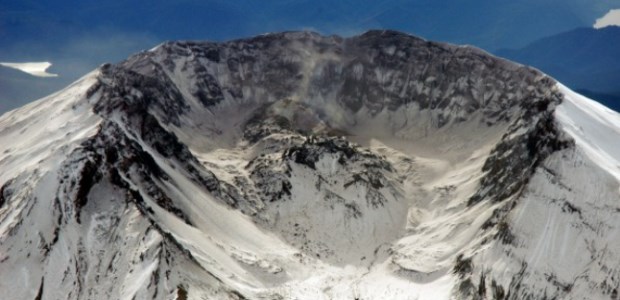
Volcano Preparedness Month Coincides with Mount St. Helens Focus
The U.S. Geological Survey's Cascades Volcano Observatory reported May 2 that Mount St. Helens remains active but an eruption is not impending.
May is Volcano Preparedness Month in Washington state, and the U.S. Geological Survey points out that it has new meaning this year because USGS's Cascades Volcano Observatory recently confirmed that Mount St. Helens is still an active volcano. The CVO issued a statement May 2 about repressurization of the magma reservoir beneath Mount St. Helens, including in it this sentence: "There is no evidence that this repressurization portends an imminent eruption."
The point of Volcano Preparedness Month is to encourage residents to become more familiar with volcanic risk in their communities and learn how to reduce possible impacts. The Washington Military Department's Emergency Management Division, the Washington Department of Natural Resources, and the CVO join with local and federal emergency management agencies to develop and exercise emergency plans with communities; coordinate communications; conduct public education programs; and plan for recovery after an eruption or a lahar (volcanic mudflow).
USGS reports that this year, "various agencies are involved in new mitigation measures, including updating volcano evacuation routes, making public education presentations, and working with communities near Mount Rainier to post volcano interpretive signs."
The agency's statement says Mount St. Helens' current active period began in 1980. "Activity may stay at this stage for a long time before any eruption. When a volcano is ready to erupt, it will give multiple warning signs." The CVO and the Pacific Northwest Seismic Network are working to improve eruption forecasting and warning capabilities for Cascade Range volcanoes, including Mount St. Helens, as part of the National Volcanic Early Warning System, and are working to establish similar networks for the four other active volcanoes in Washington: Mount Rainier, Mount Adams, Glacier Peak, and Mount Baker.